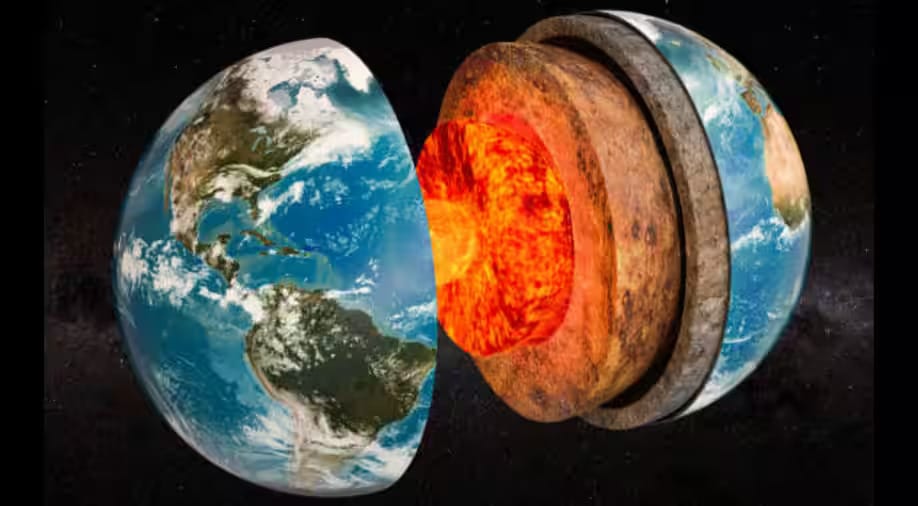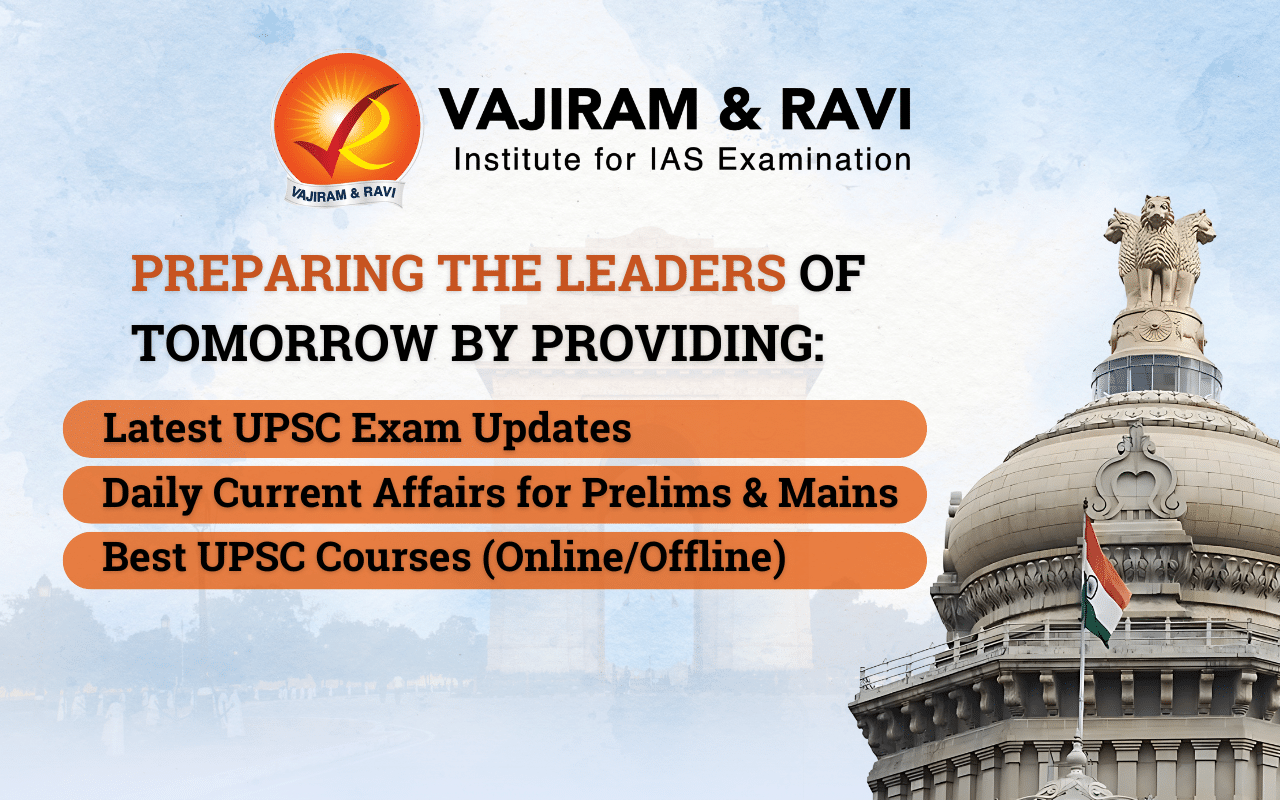About E prime layer
- It was believed that a material exchange between the core and mantle is small.
- But the experiments revealed that when water reaches the core-mantle boundary, it reacts with silicon in the core, forming silica.
How did this layer develop?
- This latest research suggests that tectonic plates carrying surface water have transported it deep into the Earth over billions of years.
- Upon reaching the core-mantle boundary about 1,800 miles below the surface, this water initiates significant chemical changes, influencing the core’s structure.
- Scientists have observed that subducted water reacts chemically with core materials under high pressure.
- This reaction leads to the formation of a hydrogen-rich, silicon-depleted layer at the outer core, resembling a film-like structure.
- Silica crystals generated by this process ascend and blend into the mantle, impacting the overall composition.
- These modifications in the liquid metallic layer could potentially result in reduced density and altered seismic characteristics, aligning with anomalies detected by seismologists.
Significance
- This discovery enhances researchers comprehension of Earth’s internal mechanisms, indicating a broader and more intricate global water cycle than previously acknowledged.
- The transformed layer in the core holds significant implications for the interconnected geochemical processes linking surface water cycles with the deep metallic core.
Q1) What is a tectonic plate?
A tectonic plate (also called lithospheric plate) is a massive, irregularly shaped slab of solid rock, generally composed of both continental and oceanic lithosphere.
Source: Earth core’s mysterious new layer formed due to surface water diving deep: Study
Last updated on January, 2026
→ Check out the latest UPSC Syllabus 2026 here.
→ Join Vajiram & Ravi’s Interview Guidance Programme for expert help to crack your final UPSC stage.
→ UPSC Mains Result 2025 is now out.
→ UPSC Notification 2026 is scheduled to be released on January 14, 2026.
→ UPSC Calendar 2026 has been released.
→ UPSC Prelims 2026 will be conducted on 24th May, 2026 & UPSC Mains 2026 will be conducted on 21st August 2026.
→ The UPSC Selection Process is of 3 stages-Prelims, Mains and Interview.
→ Prepare effectively with Vajiram & Ravi’s UPSC Prelims Test Series 2026 featuring full-length mock tests, detailed solutions, and performance analysis.
→ Enroll in Vajiram & Ravi’s UPSC Mains Test Series 2026 for structured answer writing practice, expert evaluation, and exam-oriented feedback.
→ Join Vajiram & Ravi’s Best UPSC Mentorship Program for personalized guidance, strategy planning, and one-to-one support from experienced mentors.
→ UPSC Result 2024 is released with latest UPSC Marksheet 2024. Check Now!
→ UPSC Toppers List 2024 is released now. Shakti Dubey is UPSC AIR 1 2024 Topper.
→ Also check Best UPSC Coaching in India

















